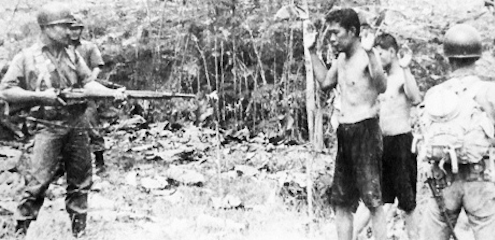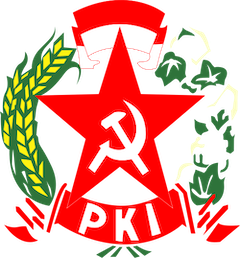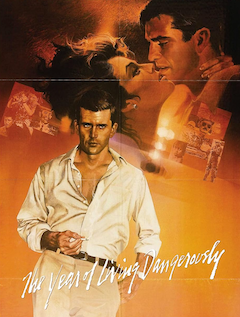

Indonesian Killings (1965-66). A series of mass executions and purges in Indonesia targeting alleged members of the Communist Party of Indonesia (PKI) and leftist sympathizers.
The violence followed a failed coup attempt on September 30, 1965, which the military blamed on the PKI.
Under the leadership of General Suharto, the Indonesian military, along with civilian militias, orchestrated the killings, resulting in an estimated 500,000 to 1 million deaths.
The massacres marked the beginning of Suharto’s ‘New Order’ regime, which ruled Indonesia for over three decades.
Background and Causes
The Cold War context heightened tensions in Indonesia, where the PKI was the largest communist party outside the Soviet Union and China. President Sukarno, Indonesia’s founding leader, had maintained a balancing act between the military, nationalists, and communists.
However, the September 30 Movement—a purported coup attempt—provided the pretext for the military to eliminate the PKI. The U.S. and other Western powers, fearing communist expansion, were accused of tacitly supporting the anti-communist purge.
The Killings
The violence was systematic, with death squads operating across Java, Bali, and Sumatra. Victims included not only PKI members but also ethnic Chinese, trade unionists, artists, and intellectuals.
Many were executed without trial, while others were imprisoned in brutal conditions. The massacres were accompanied by widespread propaganda, portraying communists as enemies of the state and Islam.
Aftermath and Legacy
The killings solidified Suharto’s rise to power, leading to Sukarno’s ouster in 1967. The New Order regime imposed strict authoritarian rule, suppressing dissent for decades.
To this day, Indonesia has not fully reckoned with this dark chapter; public discussion remains limited, and victims’ families continue to seek justice.

International human rights organizations have called for accountability, but official recognition remains elusive.
Cultural Depictions
The events have been explored in films like “The Act of Killing” (2012) and “The Look of Silence” (2014), which document perpetrators’ testimonies and survivors’ trauma.
Another notable film, “The Year of Living Dangerously” (1982), starring Mel Gibson and Sigourney Weaver, dramatizes the political turmoil of 1965 through the eyes of foreign journalists. While fictionalized, it captures the tension and paranoia of the period. These works have brought global attention to the atrocities.